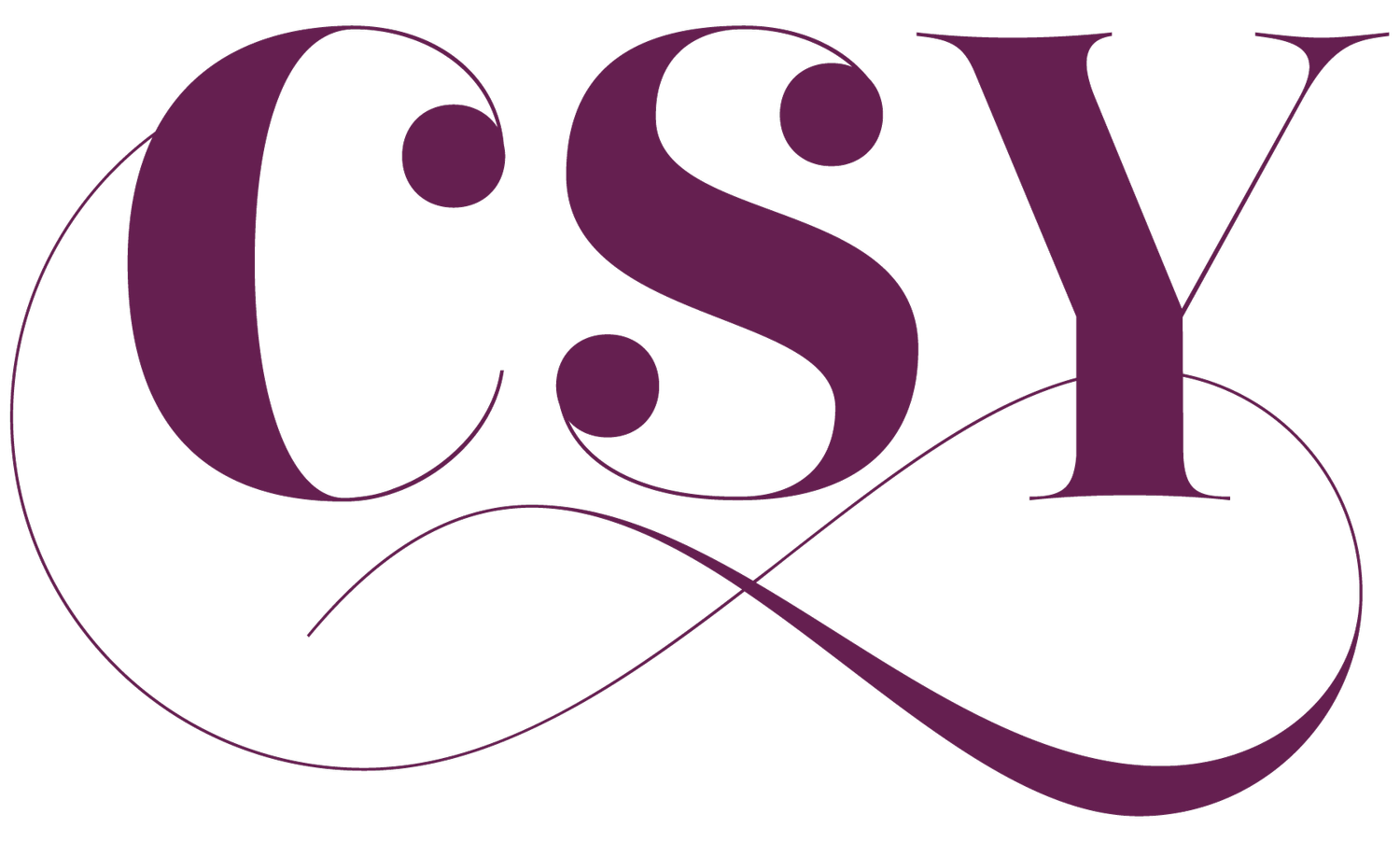Physical Strength is Not Physical Only
(This entry is the first in a series considering strength. If you missed my last entry, you can read the essay here and get the context of the Strength Sutras.)
Sutra 1- Physical Strength is Not Physical Only
The first definition of strength refers to the physical aspect of strength. From stabilizing joints, helping our bones remain healthy over time, aiding our balance, and empowering activities of all kinds, having and cultivating physical strength important for us all. Whether we are lifting weights in the gym, our body weight in arm balances, or wrestling a small human into a car seat, physical strength is part of a well-functioning musculoskeletal system and makes many of life’s tasks more easeful and enjoyable.
When I was a new teacher, the majority of my students were active seniors who began yoga later in life. They came to my classes with curious minds in bodies with more than a few signs of wear and tear. In contrast to my personal interest in asana at the time—which was a strange combination of ambition, mysticism, and community— these students came to class with practical intentions such as developing balance, improving range of motion, and staying active as they aged. Not surprisingly, my enthusiastic pep talks about bigger back bends and arm balances fell flat when I delivered them to my students on Tuesday and Thursday mornings.
After several months of ongoing classes, Linda told me that she opened a peanut butter jar by herself for the first time in five years. She thought that working on her fingertips in “teacup hands” had improved her grip strength. On different morning, Susan reported that she didn’t have to call her husband to get a box of crackers off the top shelf because all of the shoulder work had improved her range of motion. Another day, Kathy reported the renewed confidence she had experienced on her long, high-altitude hike. She gave credit to the standing poses.
My student’s obvious confidence and pride in their physical achievements inform the premise of Sutra 1: Physical strength is not physical only. My student’s victories were not muscular-only. Opening jars, reaching higher shelves, and increased confidence while hiking correlate directly to autonomy, independence, and empowered participation in life. The yoga tradition reminds us that we are made up of several bodies that include, and are not limited to, our physicality. In addition to the physical body, we have an energy body, a mental/emotional body, a body of wisdom, and a body of bliss. When we start on the outer layer, the other layers are likely to come along for the journey. Most of us know (and count on) this phenomenon well—movement with breath and awareness yields a clarity of perception and feelings of well-being, even if only for a little while.
These experiences early in my life as a yoga teacher are also part of the reason I stay reasonably relaxed about people’s motives when it comes to pursuing a yoga practice. I really don’t care if someone wants a cuter butt, stronger arms, or if my students are ambitious about poses. I mean, they aren’t probably going to like my class if that is all they want, but they should have no problem finding a class to fulfill those aims. Of course, it’s also okay with me if someone is more analytical, philosophical, or mystical in their orientation. All fine. I trust the process and recognize everyone is on a unique journey with different needs, interests, and capacities along the way.
Additionally, I feel obligated to remind us all of the shadow side to my premise. If we feel awesome about signposts of outer progress or become too identified with physical strength only, then we should prepare ourselves for moments of disappointment when we lose that strength through injury, illness, age, or accidents. Also, this entry has a decidedly ableist bias that could be problematic, if physical strength was seen in isolation from other dimensions of strength. All sutras must be strung together, threaded into our living practice and explored over time to understand them optimally.
And, to be clear, I think asana is physical. I just don’t think it needs to be physical-only. I personally believe that we can follow a thread from our position in space to our inner attitude, to a deeper understanding of our mind and emotions, to a wisdom sourced beyond our intellect and deeper into some very subtle and profound territory. With time, effort, and various supporting practices, the insights and connections we cultivate on the mat can create a fuller human experience. I think this expanded possibility is a possibility available for all of us, if we want it, and if we are willing to work for it.
Of course, as I so often say, I am not new and I am not blind. I know that for all of the possibility inherent in our asana practices and classes, we are, for reasons too numerous to name, dealing with a small patch of snow on the tip of the great iceberg called yoga. And yet, I remain hopeful about how my little patch of snow called asana is linked to something grand, whole, and loving in the same way that my body is only the visible part of the largeness of who I most truly am. I never tire of this reminder, of living a life testing this theory, and of growing into the fullness of this promise. If we are blessed with an interest in physical strength and with a body capable of pursuing it, then I can see no better context for said pursuit than as a means to support, sustain, and empower the journey beyond physical strength-only.




